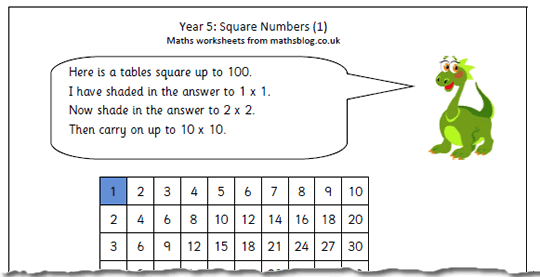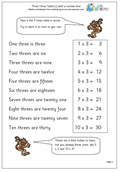Don’t forget that we have a growing number of resources on data handling, including the bar chart or bar graph. These pages are aimed at Year 4 children. The vertical bars represent the number of people going out on a boat. Each bar is completely separate from the others.
It is important that children get used to naming the horizontal and vertical axes and that these axes should always be named.
The hardest part of interpreting this bar chart involves the number of people shown on the vertical axis. The numbers go up in twenties, but of course there are intermediate values. The number of people on the 11.00 boat is more difficult to read and only a close approximation between 120 and 140 can be made. As it looks just less than half way to the next interval an estimate of just below 130 would be very accurate.
The numbers go up in twenties, but of course there are intermediate values. The number of people on the 11.00 boat is more difficult to read and only a close approximation between 120 and 140 can be made. As it looks just less than half way to the next interval an estimate of just below 130 would be very accurate.
It is important not to just look at the graph but to also make some suggestions as to why the results are as they are. Why did the 12.00 boat have the least number of people on it, but the 1.00 boat have the most?
The second worksheet has similar problems, but the numbers on the vertical axis go up in tens rather than twenties.
Free Y4 maths worksheet: Bar charts (pg 1)
Free Y4 maths worksheet: Bar charts (pg 2)
 The numbers go up in twenties, but of course there are intermediate values. The number of people on the 11.00 boat is more difficult to read and only a close approximation between 120 and 140 can be made. As it looks just less than half way to the next interval an estimate of just below 130 would be very accurate.
The numbers go up in twenties, but of course there are intermediate values. The number of people on the 11.00 boat is more difficult to read and only a close approximation between 120 and 140 can be made. As it looks just less than half way to the next interval an estimate of just below 130 would be very accurate.

